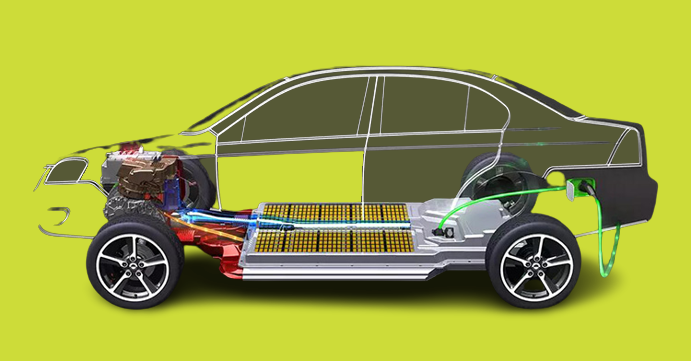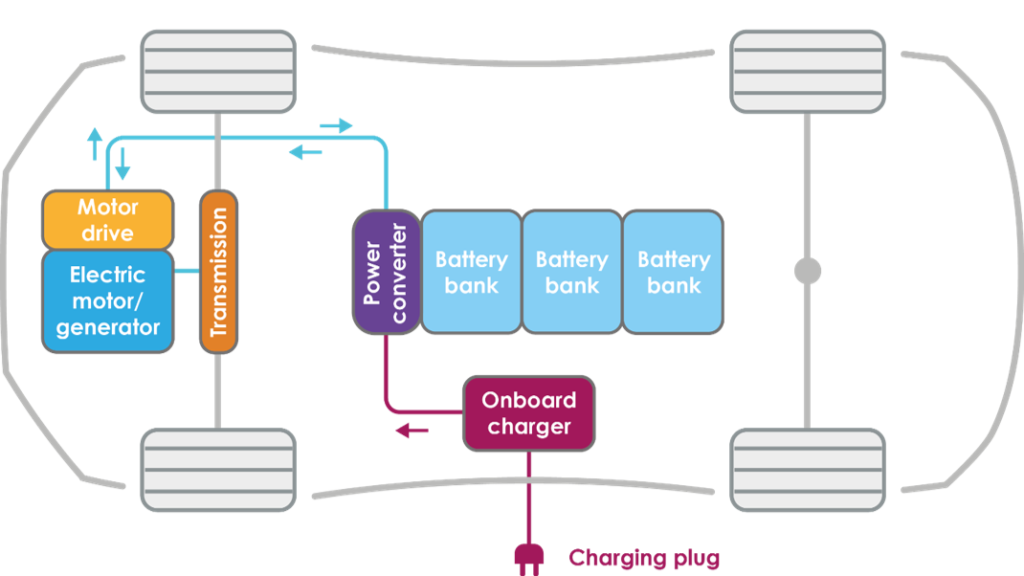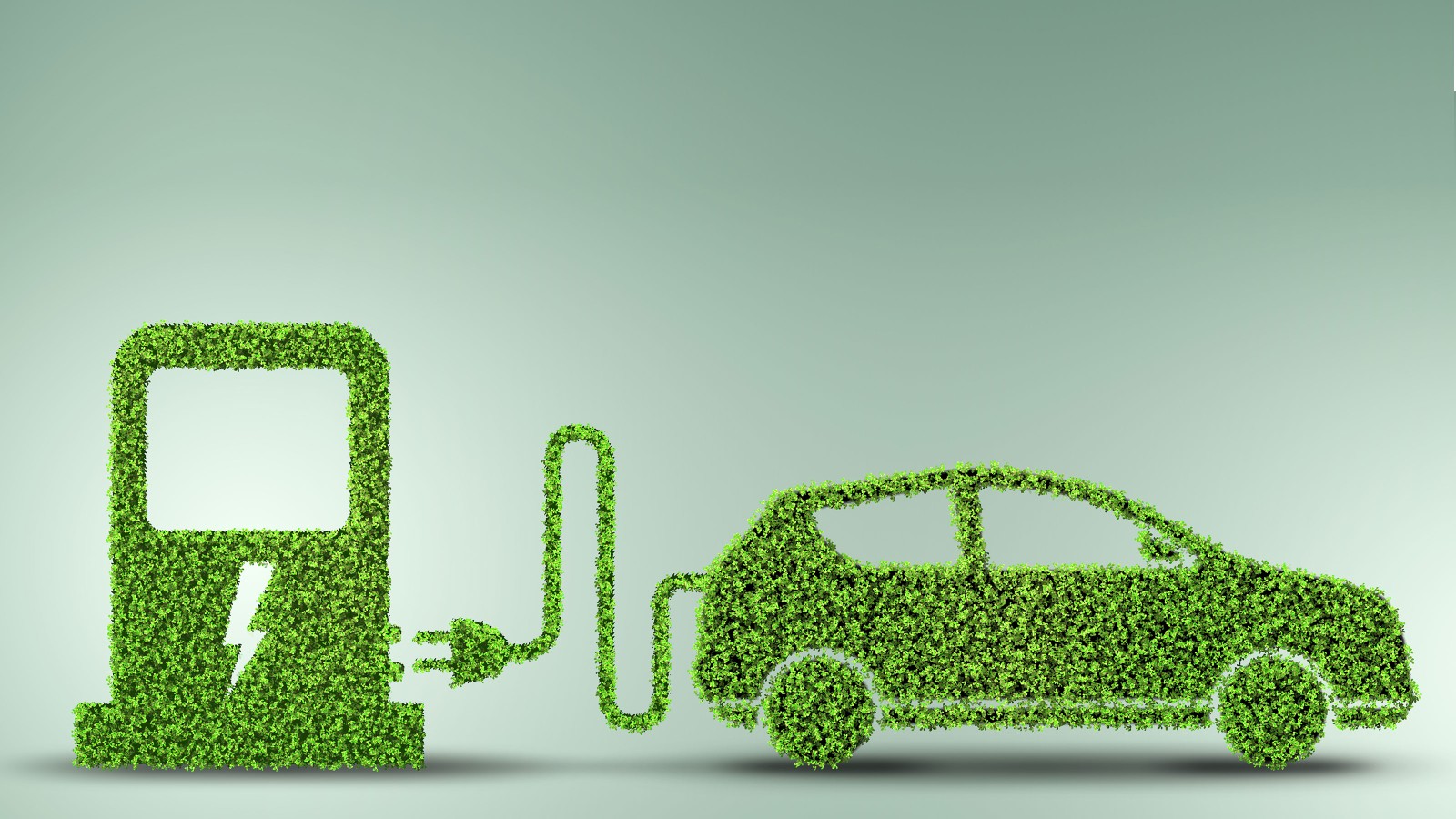Introduction:
In the quest for cleaner and more sustainable transportation options, hydrogen-powered cars have emerged as a promising solution. Unlike conventional gasoline vehicles that emit greenhouse gases, hydrogen cars produce zero tailpipe emissions, making them an environmentally friendly alternative. But how do these innovative vehicles work? Let’s delve into the inner workings of hydrogen-powered cars and understand the technology behind them.
How does a hydrogen car work
- Hydrogen Fuel Cell Technology: At the heart of hydrogen-powered cars is a device known as a fuel cell. A fuel cell is an electrochemical device that converts hydrogen gas and oxygen from the air into electricity, heat, and water vapor. This process is highly efficient and produces virtually no harmful pollutants.
- The Fuel Cell Stack: The fuel cell stack is the core component of a hydrogen car’s propulsion system. It comprises multiple individual fuel cells stacked together. Each fuel cell consists of an anode, a cathode, and an electrolyte membrane situated in between. When hydrogen gas is fed to the anode and oxygen from the air is supplied to the cathode, a chemical reaction occurs.
- The Electrochemical Reaction: During the electrochemical reaction, hydrogen molecules at the anode release electrons and become positively charged ions (protons). These protons then travel through the electrolyte membrane to the cathode side. The electrons, on the other hand, cannot pass through the membrane and are forced to travel along an external circuit, generating an electric current that can be used to power the vehicle.
- Generating Power and Producing Water Vapor: As the electrons flow through the external circuit, they create an electric current that powers the car’s electric motor. This motor drives the wheels, propelling the vehicle forward. At the cathode, oxygen from the air combines with the protons and electrons that have completed the circuit to form water vapor. This clean and harmless water vapor is the only emission produced by a hydrogen car, making it a truly environmentally friendly option.
- Hydrogen Storage: One of the challenges with hydrogen-powered cars is storing and transporting hydrogen gas. Hydrogen is a light and highly flammable gas, so it needs to be stored under high pressure or at extremely low temperatures. Most hydrogen cars use high-strength carbon-fiber-reinforced tanks to safely store compressed hydrogen gas.
- Fueling Infrastructure: Another critical aspect of hydrogen cars is the fueling infrastructure. Just like traditional gas stations, hydrogen filling stations are required to provide consumers with the means to refuel their vehicles. These stations compress and dispense hydrogen gas into the car’s tanks, similar to how gasoline is pumped into conventional cars.
- Production of Hydrogen: Producing hydrogen for fuel cell vehicles can be achieved through various methods, each with its own advantages and challenges. The three primary methods are:a. Steam Methane Reforming (SMR): This method involves reacting natural gas with high-temperature steam to produce hydrogen gas and carbon dioxide. While it’s a widely used method, the carbon dioxide produced is a concern from an environmental perspective.b. Electrolysis: Electrolysis involves using electricity to split water molecules into hydrogen and oxygen. This method can be powered by renewable sources such as wind or solar energy, resulting in “green hydrogen” with no carbon emissions. However, the efficiency of electrolysis and the availability of renewable energy sources can affect the viability of this method.c. Biomass Gasification: Organic materials like agricultural waste or wood can be gasified to produce hydrogen gas. This method has the advantage of utilizing waste materials and can be carbon-neutral if managed properly.
- Efficiency and Range: Hydrogen-powered cars offer impressive efficiency and range compared to battery electric vehicles (BEVs). Fuel cell vehicles can refuel quickly, similar to traditional gasoline cars, and provide a longer driving range on a single tank of hydrogen. This makes them more suitable for long-distance travel and applications where frequent recharging is not feasible.
- Challenges and Considerations: While hydrogen-powered cars hold promise, several challenges need to be addressed for widespread adoption:a. Infrastructure: Developing a network of hydrogen refueling stations is crucial for the success of hydrogen cars. Currently, the infrastructure is limited compared to traditional gasoline stations or electric charging networks.b. Cost: Producing, storing, and transporting hydrogen can be expensive, impacting the overall cost of ownership for consumers.c. Energy Efficiency: The process of producing, transporting, and converting hydrogen to electricity involves energy losses at each step. Improving the overall efficiency of the hydrogen supply chain is important for reducing environmental impact.
d. Safety: Handling and storing hydrogen safely is a concern due to its flammability and potential leakages.
e. Competition with Electric Vehicles: As battery technology advances and electric vehicles become more common, hydrogen cars face competition from the growing popularity of electric cars.
- Applications Beyond Passenger Cars: Hydrogen-powered technology extends beyond passenger vehicles. Buses, trucks, trains, and even ships can benefit from hydrogen fuel cells. These vehicles often have high energy demands and can benefit from the fast refueling and long-range capabilities of hydrogen technology.
How does a plug-in hybrid work

A plug-in hybrid electric vehicle (PHEV) combines the features of both a conventional internal combustion engine (ICE) vehicle and an electric vehicle (EV). It has both an electric motor and an internal combustion engine, along with a larger battery pack that can be charged through an external power source. Here’s how a plug-in hybrid works:
- Electric Motor and Battery: A PHEV has an electric motor powered by a rechargeable battery pack. This motor can propel the vehicle on electric power alone for a certain distance, typically shorter than that of a fully electric vehicle. The size of the battery varies, but it’s larger than the battery in a regular hybrid vehicle.
- Internal Combustion Engine: PHEVs also have a conventional internal combustion engine, usually fueled by gasoline, just like a regular car. This engine works similarly to the engine in a traditional gasoline vehicle.
- Charging: One of the key features of a PHEV is that its battery can be charged externally. You can plug the vehicle into a standard electrical outlet or a dedicated EV charging station. Charging times vary depending on the battery size and the charging rate. The battery can be charged from empty to full in a few hours using a Level 2 charger, or even less time with a fast charger.
- Modes of Operation:
- All-Electric Mode: In this mode, the vehicle operates solely on electric power stored in the battery. This is suitable for short commutes and city driving, allowing for zero-emission driving and potentially saving on fuel costs.
- Hybrid Mode: When the battery charge gets depleted or additional power is required (e.g., during hard acceleration or highway driving), the PHEV switches to hybrid mode. In this mode, both the electric motor and the internal combustion engine work together to propel the vehicle. The energy generated during braking and deceleration is often used to recharge the battery partially.
- Charge-Sustaining Mode: In this mode, the internal combustion engine powers the vehicle, and it can also help recharge the battery to some extent while driving.
- Regenerative Braking: Like fully electric vehicles, PHEVs often feature regenerative braking. When the driver applies the brakes, the electric motor works in reverse, acting as a generator and converting some of the vehicle’s kinetic energy back into electrical energy to recharge the battery.
- Efficiency and Emissions: The electric mode of a PHEV produces zero tailpipe emissions since it runs on electricity. In hybrid and charge-sustaining modes, the vehicle’s efficiency depends on factors such as driving conditions, battery charge, and how much the internal combustion engine is used. PHEVs typically have lower emissions and better fuel efficiency than conventional gasoline-only vehicles.
How do electric vehicles work

Electric vehicles (EVs) operate primarily using electric power stored in batteries. They don’t have an internal combustion engine like traditional gasoline-powered vehicles. Instead, they rely on electric motors to generate propulsion. Here’s how electric vehicles work:
- Electric Motor: EVs are equipped with one or more electric motors that are responsible for generating mechanical power to propel the vehicle. These motors operate based on the principles of electromagnetism. When electric current flows through a wire coil, it creates a magnetic field that interacts with other magnetic fields to produce motion.
- Battery Pack: The heart of an electric vehicle is its battery pack. This pack consists of multiple lithium-ion battery cells connected in series and parallel to create a higher voltage and energy capacity. The battery stores the electrical energy needed to power the electric motor and other vehicle systems. The larger the battery capacity, the longer the EV can travel on a single charge.
- Charging: EVs need to be plugged into an external power source to recharge their battery packs. Charging can occur using standard electrical outlets, dedicated EV charging stations, or even high-power fast chargers. Charging times vary based on the battery size, the charging capacity of the source, and the charging technology used.
- Inverter: The electricity stored in the battery is direct current (DC), but the electric motor requires alternating current (AC) to function. The inverter is responsible for converting DC power from the battery into AC power for the motor. It controls the speed and power output of the motor by adjusting the frequency and voltage of the AC current.
- Transmission: Many electric vehicles use a single-speed transmission or a simplified multi-speed transmission due to the characteristics of electric motors, which can deliver a wide range of torque and power without the need for traditional gear changes.
- Regenerative Braking: EVs often feature regenerative braking, a process where the electric motor operates in reverse during braking. This mode converts the vehicle’s kinetic energy back into electrical energy, which is then stored in the battery. This not only helps slow down the vehicle but also contributes to extending the driving range.
- Onboard Charging System: Electric vehicles are equipped with an onboard charging system that manages the flow of electricity from the external power source to the battery. This system includes components like charging connectors, cables, and control units that ensure safe and efficient charging.
- Electric Control Unit (ECU): The ECU is the brain of the electric vehicle. It manages and coordinates various components of the vehicle, including the electric motor, battery, charging system, and other auxiliary systems. It ensures optimal performance, efficiency, and safety.
Overall, electric vehicles offer numerous advantages, including lower emissions, quieter operation, and potentially lower operating costs compared to traditional internal combustion engine vehicles. They are becoming increasingly popular as battery technology improves, enabling longer driving ranges and faster charging times.
Conclusion:
Hydrogen-powered cars represent a fascinating intersection of science, engineering, and environmental consciousness. With their potential to provide long-range, fast refueling, and zero-emission transportation, hydrogen cars offer a promising alternative to conventional fossil-fuel vehicles. As advancements continue in hydrogen production, storage, infrastructure, and technology, these vehicles could play a vital role in achieving a more sustainable and greener future for transportation.
